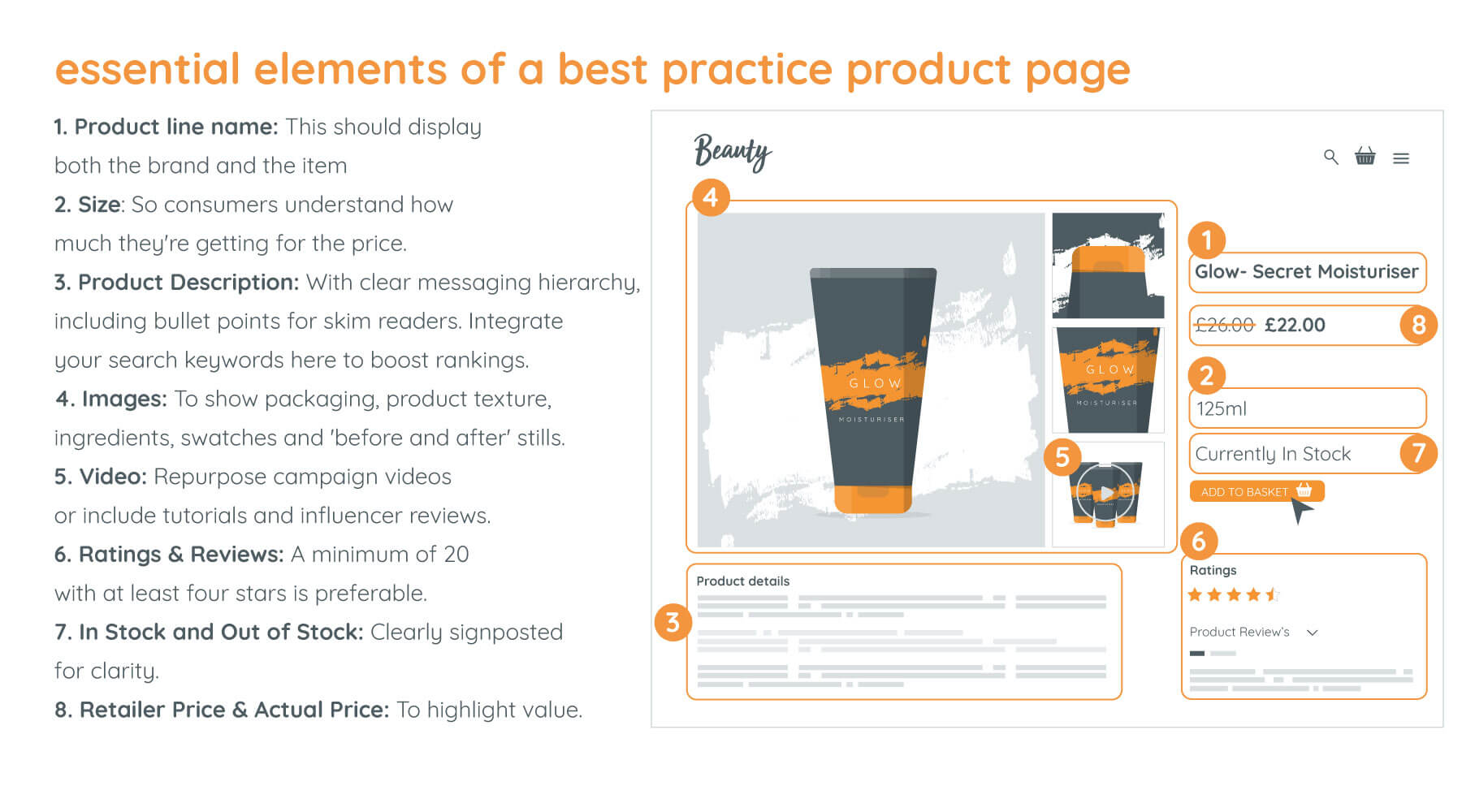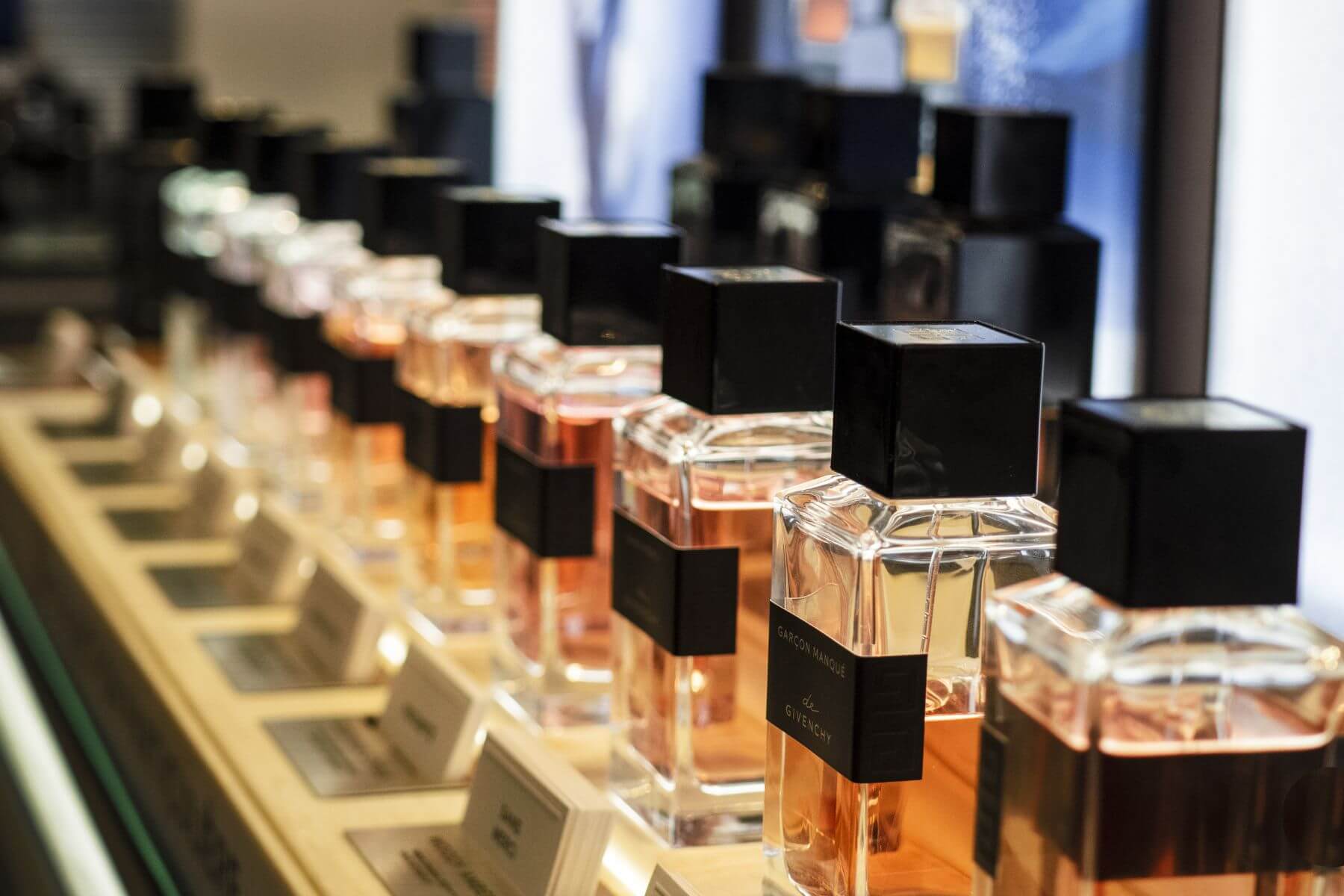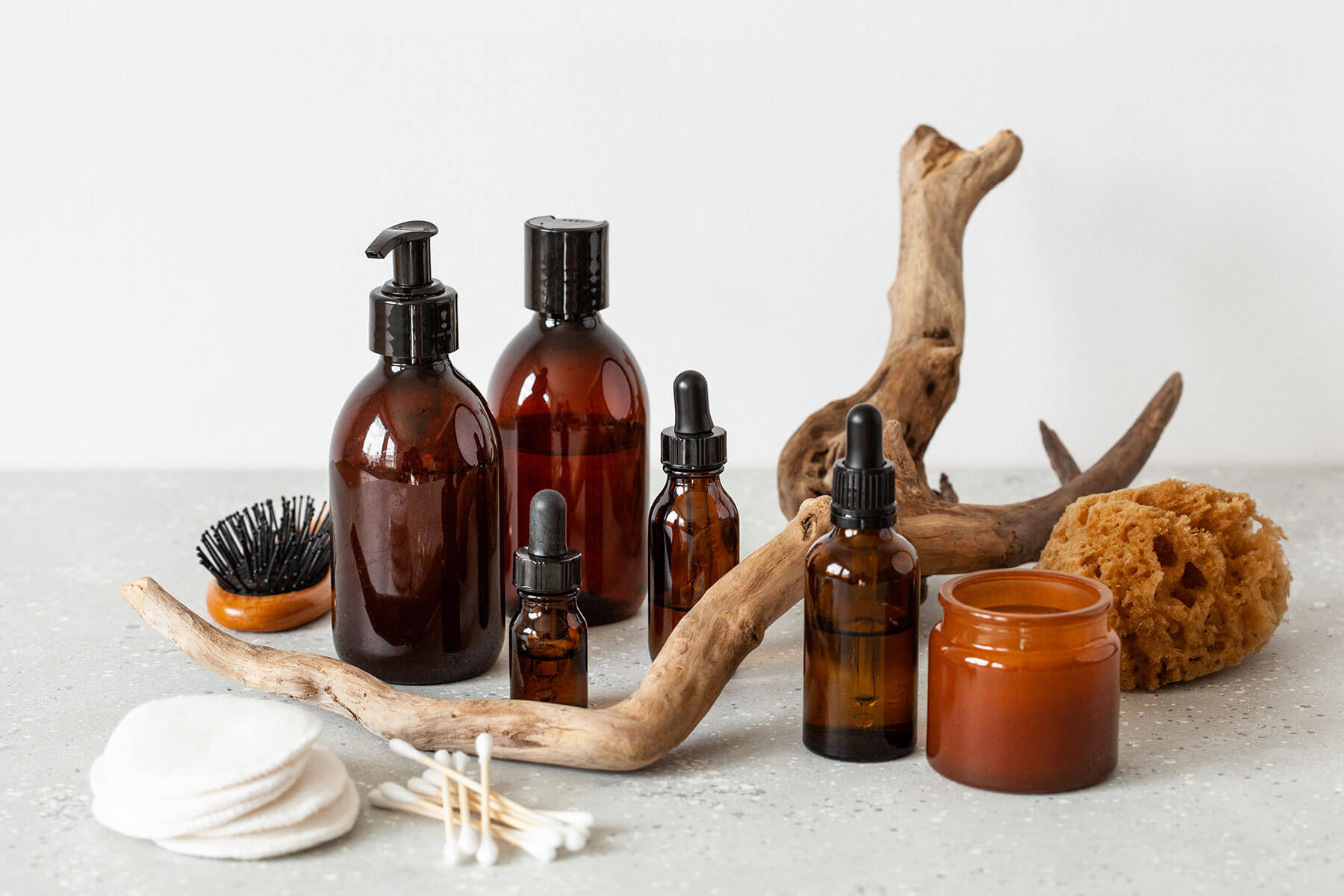Just when brand marketers were hoping that ‘unprecedented times’ were behind them – at least for a while – the global economic outlook is uncertain once more. Recessions have happened before, but coupled with the ever-changing nature of the beauty industry, they prove uncharted territory for marketers hoping to retain or boost their revenue.
That’s why, right now, beauty brands are harnessing data analytics that will help them navigate upcoming challenges. The latest generation of tools allows for fact-based decision-making and optimisations that accelerate growth. While the temptation to cut budgets may be strong, digital disruptors are realising that reduced consumer spending requires marketers to invest smarter in order to rescue revenue. Below we outline just some of the ways data can help you do this, so your brand can unlock a high return on investment (ROI) through an uncertain period…
1. Understand changing consumer needs and sentiment
In times of recession, consumer behaviour and sentiment can change dramatically. Just as your brand is more protective of its budget, beauty shoppers are more conscious of where and how they spend on products. It’s important to be tracking industry-wide trends to see what messaging resonates, as well as analysing ratings, reviews and responses to content on your owned channels.
You may find that your followers are clicking more on Instagram posts that promote eco-friendly skincare, indicating that they’re prepared to spend more if they feel they’re helping the planet in the process. Or you could see customer reviews that rave about how long their bottle of serum lasted, giving you a new benefit to talk about on product pages or TikTok posts. By monitoring consumer and customer sentiment with the right media and etail tools, you can refine your messaging to ensure you’re saying what beauty lovers want to hear.
2. Identify where PR and marketing spend will be most effective
Now is the time to ensure your budget is working as hard as possible. That means running an audit of your current PR and marketing performance, and then strategically refining where your spend goes. When costs are cut, brands are often put under pressure to deliver more with less, so media, influencer and etail tracking tools are key to understanding where opportunities lie.
To ensure your PR and marketing spend is strategic, make sure you’re monitoring:
- Which social media platforms are most closely aligned with your target demographic and are delivering the results you expected. With so many platforms now available, data is key to helping you refine your priorities.
- How your influencer campaigns are performing overall and which partnerships have proved successful (or not). This will help you to decide who to invest in longer-term collaborations with, or whether to explore lower cost campaigns with micro influencers.
- Earned media mentions across print and digital publications to understand where there might be gaps in your PR strategy. By layering media insights with sales data, you can also see what kind of coverage proved lucrative and aim to replicate the results for upcoming launches.
- Product page content, to ensure it is optimised to drive conversions. With the right digital shelf tool, you should be able to review all of your SKUs in one platform, and assess where improvements can be made. As they form the final stage in the path to purchase, your product copy, images and videos should inform, excite and persuade shoppers to click ‘add to basket’. Check that enough visuals are available, and that your descriptions are clear and accurate.

3. Maintain strong brand presence
It’s easy to get lost in the saturated beauty crowd, so strong brand presence is crucial right now. A recession makes consumers more considerate of how and where they spend, which means they’re looking for brands they can trust. More prominent, established brands tend to perform well in this environment. However, even newer and smaller beauty brands can thrive if they use data to enhance their visibility.
While the monitoring of media and influencer data (seen above) will help you find ways to boost your presence through PR and marketing, tracking etail co-op advertising data is vital to making sure you’re more visible on online stores. To do this, you will need an etail ad tracking tool, with which you should:
- Pre-campaign - While negotiating with your chosen etailer, use your tool to analyse the potential share of voice (SOV) for various ad placements. With the right platform, you should also be able to review which spots your competitors have booked during key consumer periods, and the results those spaces yielded for them. This way, you can make sure you’re spending wisely to grow your presence.
- During campaign - It’s important to continue monitoring campaigns while they are alive to ensure there is no accidental downtime or issues with landing pages throughout. If your ad stops appearing when it should, links to the wrong product, or displays incorrect assets, these will have a direct impact on your SOV and sales.
- Post-campaign - By the end of your campaign, you should have robust data that tells you what your overall SOV was, as well as how many clicks and sales you enjoyed as a result. Ensure you turn these results into a report that you can go back to over the coming months, enabling you to optimise future strategies.
4. Remain flexible and agile in the changing environment
An uncertain economic outlook means that change is ahead – and plenty of it. The way in which consumers are spending now may not be the same in three months’ or six months’ time, depending on the state of the cost of living. As a result, what works one week may be less effective just days later, meaning your brand needs to be flexible and agile as the situation evolves. Real-time data across all of your activities will allow you to make fact-based decisions about how you respond. You can then continuously optimise strategies to grow your presence, engagement and sales. Ensure you have tracking tools in place as soon as possible to gain competitive advantage through challenging periods. The sooner you start collecting data, the quicker you are able to make necessary changes.
5. Automate data collection to optimise resources
While it’s possible to collect some (but not all) data manually, this is a time-consuming process that also leaves room for human error and inaccuracies. The right tools will automate your data collection, so your brand can maintain a lean team that’s channelling their efforts into higher-level thinking. Less time collecting data means more time to create growth-boosting strategies, so ensure your processes are enabling the best use of resource. This will prove invaluable in the coming months.
For more advice on how data automation and analytics can help your brand continue to grow, reach out to our team at hello@mmi-analytics.com. We’d love to give you a demo of our beauty industry tools.
Up next: Read our guide on how to build a successful influencer marketing strategy.




